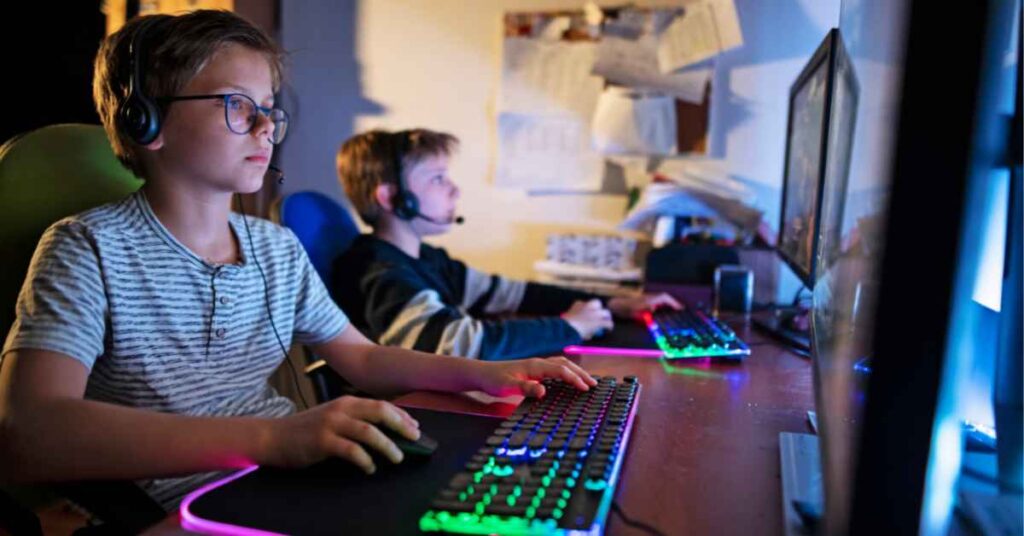Introduction
Video conferencing has become an essential part of our professional and personal lives, enabling seamless communication and collaboration across distances. However, with the increasing reliance on video conferencing, it is crucial to prioritize privacy and safety to protect sensitive information and maintain confidentiality. In this article, we will explore the significance of video conferencing privacy and safety, discuss measures to ensure privacy during video conferencing sessions, address safety concerns, and provide best practices for secure video conferencing.
The Rise of Video Conferencing
The Importance of Video Conferencing Privacy and Safety
With the shift towards remote work and virtual meetings, video conferencing has become a prominent communication tool. However, the sharing of confidential information and sensitive discussions during video conferences highlights the critical importance of privacy and safety measures.
Privacy Concerns with Video Conferencing
Video conferencing privacy concerns include unauthorized access to meetings, data leakage, inadequate encryption, and potential exposure of personal information. Addressing these concerns is crucial to maintain trust and protect the privacy of participants.
Ensuring Video Conferencing Privacy
End-to-End Encryption for Secure Communication
Implementing end-to-end encryption ensures that the content of video conferences remains encrypted throughout transmission, preventing unauthorized access and eavesdropping. Encrypted communication adds an extra layer of security to protect sensitive information.
Secure Meeting Room Access Controls
Utilizing secure access controls, such as unique meeting IDs and passwords, prevents unauthorized individuals from joining video conferences. It is essential to ensure that only authorized participants have access to the meeting room.
Privacy Settings and User Permissions
Video conferencing platforms should offer robust privacy settings and user permission controls. Participants should have the ability to manage their privacy preferences, control their video and audio sharing options, and restrict screen sharing permissions.
Safeguarding Video Conferencing Sessions
Preventing Unauthorized Access
To prevent unauthorized access, participants should use strong and unique meeting IDs and passwords, and hosts should manage participant admission to ensure only authorized individuals join the conference. It is important to be vigilant and cautious when sharing meeting details.
Mitigating Data Leakage
Data leakage can occur through unauthorized recording or screen sharing. Participants should be aware of privacy risks and avoid sharing sensitive information during video conferences. Hosts should enable settings to disable screen sharing and recording unless necessary.
Protecting against Malware and Phishing Attacks
Participants should exercise caution when clicking on links or opening files shared during video conferences, as they may contain malware or phishing attempts. Using up-to-date security software and practicing safe browsing habits is crucial to mitigate these risks.
Best Practices for Secure Video Conferencing
Update Video Conferencing Software Regularly
Ensure that your video conferencing software is up to date with the latest security patches and bug fixes. Regular updates help address vulnerabilities and protect against known security threats.
Use Strong and Unique Meeting IDs and Passwords
Create strong and unique meeting IDs and passwords for each video conference. Avoid using default or easily guessable meeting details to prevent unauthorized access.
Be Mindful of Screen Sharing and Recording
Exercise caution when sharing screens or recording video conferences. Only share necessary content and verify that sensitive information is not visible before initiating screen sharing. Obtain consent from participants before recording any video conferences.
Educating Participants on Privacy Measures
Raising Awareness of Privacy Risks
Educate participants about the potential privacy risks associated with video conferencing and the importance of adhering to privacy guidelines. Promote a culture of privacy awareness and responsible behavior during video conferences.
Providing Guidelines for Secure Behavior
Offer guidelines and best practices to participants on maintaining security and privacy during video conferences. This includes tips on securing their devices, using secure networks, and avoiding actions that could compromise privacy.
Promoting Responsible Data Handling
Encourage participants to handle data responsibly during video conferences. Emphasize the importance of not sharing sensitive information unless necessary, securely disposing of meeting data, and respecting the privacy of other participants.
Addressing Privacy and Compliance Regulations
Compliance with Data Protection Laws
Ensure that video conferencing practices align with relevant data protection and privacy regulations, such as the General Data Protection Regulation (GDPR). Understand the legal obligations regarding data handling and user consent.
Retention and Disposal of Meeting Data
Establish guidelines for the retention and disposal of meeting data to ensure compliance with data protection laws. Implement appropriate data retention policies and securely dispose of meeting recordings and associated data when no longer needed.
Consent and User Data Privacy
Obtain consent from participants for recording and storing meeting data. Clearly communicate how user data is handled, stored, and protected during video conferences, ensuring transparency and respect for user privacy.
Future Trends in Video Conferencing Privacy
The future of video conferencing privacy is likely to see advancements in end-to-end encryption, enhanced user authentication methods, and stricter privacy regulations. Innovations in AI-powered security measures may also play a role in ensuring secure and private video conferencing experiences.
Conclusion
Maintaining video conferencing privacy and safety is essential as remote work and virtual meetings continue to prevail. By implementing end-to-end encryption, securing meeting room access, and following best practices, participants can protect sensitive information and maintain confidentiality. Educating participants on privacy measures and addressing compliance regulations further strengthens the security and privacy of video conferencing sessions. Embracing future trends in video conferencing privacy ensures continued advancements in securing remote communication.
Frequently Asked Questions (FAQs)
Are all video conferencing platforms equally secure?
A1: Video conferencing platforms vary in their security features and privacy practices. It is important to research and choose a platform that prioritizes security, encryption, and user privacy.
Can someone intercept my video conferences?
A2: With proper security measures in place, such as end-to-end encryption, the chances of someone intercepting your video conferences are significantly reduced. Encryption ensures that the content remains secure and inaccessible to unauthorized individuals.
Can video conferencing platforms record and store my meetings?
A3: Video conferencing platforms may offer the option to record meetings. However, it is crucial to review the platform’s privacy policies and obtain participant consent before recording. Be mindful of how recorded meetings are stored and disposed of to protect privacy.
How can I ensure the privacy of my video conferences in public spaces?
A4: When participating in video conferences in public spaces, use secure networks and consider using privacy filters for your screen. Be cautious of your surroundings and ensure sensitive information is not visible to others.
What should I do if I suspect unauthorized access or a privacy breach during a video conference?
A5: If you suspect unauthorized access or a privacy breach, immediately inform the host or organizer of the video conference. They can take necessary actions, such as removing unauthorized participants or terminating the meeting. Document any relevant information for further investigation if needed.
Remember, prioritizing video conferencing privacy and safety requires a combination of technical measures, user awareness, and adherence to best practices. By implementing the recommended security measures and promoting responsible behavior, you can ensure secure and private video conferencing experiences.







